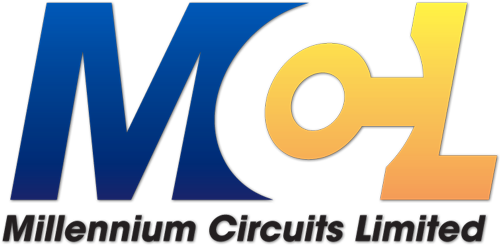We are living in an age where scientific progress has been quite astounding and the scientists are coming up with modern devices and apparatuses. Working of these devices and apparatuses is entirely based upon the new findings. The use of printed circuit board has changed the mechanism of all major devices. They have become smaller yet more powerful and the credit for that should go to the scientific development. However, the best is yet to come.
Surface
Mount Technology
or SMT has been a way of creating electronic circuits in such a
manner where the components are placed one over another on the
printed circuit board. The devices that are made on this technique or
technology are termed as Surface Mount Devices. The components can be
placed or used on the same board. However, the technicians take
special care for installing the bigger components like larger
transformers and power semiconductors. The technicians use SMT as a
component that is relatively smaller that the other technology which
is known as Through-Hole (TH) technique. Instead of general fixing
methods, they use short pins and solder balls to fix these components
on the board.
As said earlier, the
SMT technique is different from Through-hole techniques. The
difference lies in the components also that are used in these
techniques. The major equipment for SMT include the following:
- Pick-and-Place Machine
- Equipment for Soldering SMT/ Soldering iron
- Equipment for Re-flow Soldering
- Equipment for Cleaning solvent in SM Technology
- Solder-Paste Screen Printer for SMT Stencil Printer
- Baking and Curing Oven for SM Technology
- Inspection and Repairing Equipment for SM Technology
Since the Surface Mount
Devices (SMD) are the parts and parcels of SMT, therefore the
components attached with with SMD also remain connected to the SMT.
These components include:
- Surface Mount Resistors and Capacitors
- Plastic Leaded Chip Carriers (PLCC)
- Leadless Ceramic Chip Carriers (LCCC)
- Ball Grid Array (BGA)
- Ceramic Leaded Chip Carriers (CLCC)
- Small Outline Transistors (SOT)
- Small Outline Integrated Circuit (SOIC and SOP)
- Small Outline J Packages (SOJ)
- Fine Pitch SMD Packages (QFP, SQFP)
Modern Uses/
Applications:
Since the technology
behind SMT is proven time and again, therefore more and more
electronic companies are showing a readiness towards using the
technology in the forthcoming products. Both LED and LCD televisions
use the SMT techniques and the results are quite evident to us. These
televisions have better technical utilities than their predecessors.
The technology powers the Printed Circuit Boards that are separately
useful for modern lighting devices that are used in the public
places. These lights get more intensity without consuming much power.
With the on-going
efforts of the scientists, you can always expect better equipments
would come in due course of time which will be more efficient than
what we find around us at present. As far as the utilities of SMT
stencil printer by Millennium Circuits Limited
is
concerned, it has been adopted in the bigger printing organizations.
They are better than the existing ones.




